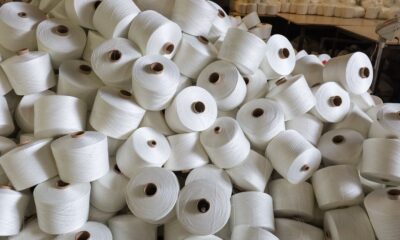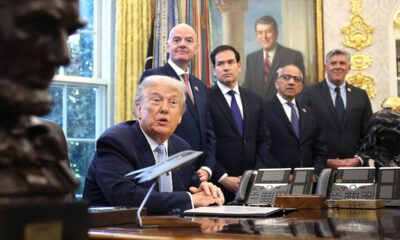Fashion
Indian exporters look to expand in Africa to dodge 50% US tariff
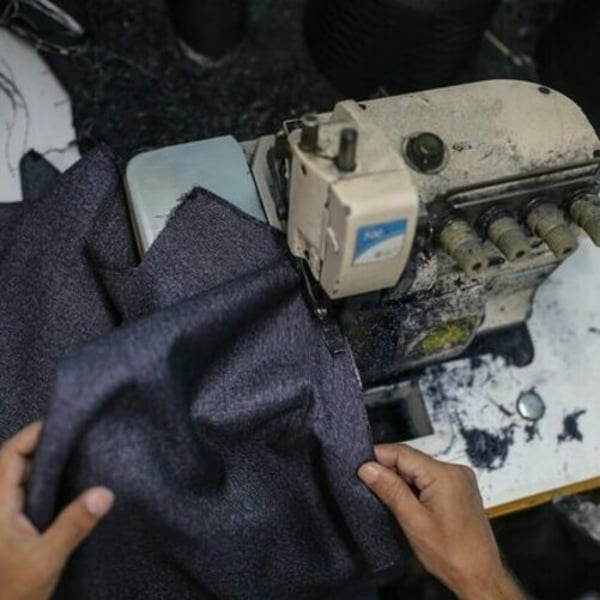
By
Bloomberg
Published
August 31, 2025
Indian businesses are looking to expand production in Africa for exporting to the US, after President Donald Trump hit the South Asian nation with one of the steepest levies globally as punishment for purchases of Russian oil.
Gap Inc. supplier Gokaldas Exports Ltd. and premium garments maker Raymond Lifestyle Ltd. are among the companies planning to leverage tariffs of as low as 10% in some African countries, compared to the 50% levy on Indian exports. Diamond and jewelry exporters are also looking into expanding on the continent.
Indian companies are scrambling to offset the pain from US tariffs and looking for workarounds to continue servicing their American clients. Labor-intensive sectors like jewelry and apparel are the hardest hit and US levies may reduce exports of certain goods by as much as 90%, according to a note from Bloomberg Economics this week.
Overall exports from India to the US, its biggest market, may more than halve after the higher tariffs that kicked in on Wednesday, it added. India exported more than $20 billion of textile products, jewelry and diamonds to the US in 2023.
“We will continue to expand in Africa in case of 50% tariffs,” Gokaldas Exports’s Managing Director Sivaramakrishnan Ganapathi said in a phone interview, even as he expects the tariff issue between US and India to settle down soon. The apparel exporter has four factories in Kenya and one in Ethiopia. Both these nations face 10% US tariffs.
Meanwhile, Raymond Lifestyle is negotiating with its American customers to ship more merchandise out of the company’s Ethiopia plant to alleviate the tariff pain. “We can obviously shift some of the clients to the Ethiopian factory,” Chief Financial Officer Amit Agarwal told Bloomberg.
Dharmanandan Diamonds, a gems exporter based in western Indian city of Surat, will consider boosting production in Botswana if US continues with high tariffs, Reuters reported citing the company’s Managing Director Hitesh Patel.
Africa has emerged as a viable alternative after Indian firms begun exploring sweeter tariff spots overseas for servicing the US market. Some countries in the continent — such as Ethiopia, Nigeria, Botswana, and Morocco — already give incentives such as tax holidays, apart from customs duty and VAT exemptions. Some are promising sector-specific initiatives and building special economic zones to attract investments.
“African governments are offering compelling incentives such as tax breaks, land concessions, and regulatory facilitation to attract investment in manufacturing and technology transfer,” said Soumya Bhowmick, a fellow at Observer Research Foundation, adding that the trade developments have created a “unique arbitrage opportunity.”
To be sure, any shift in manufacturing operations to the continent will be time consuming as Indian companies need to renegotiate terms with US buyers, even as they see orders deferred or canceled.
Some US customers are not very comfortable taking deliveries from Ethiopia fearing disruptions from potential conflicts, even though labor costs are about a third of India’s, according to Agarwal.
That could change as India loses its competitive advantage with these tariffs, he added.
Fashion
North India cotton yarn steady, falling rupee helps in export
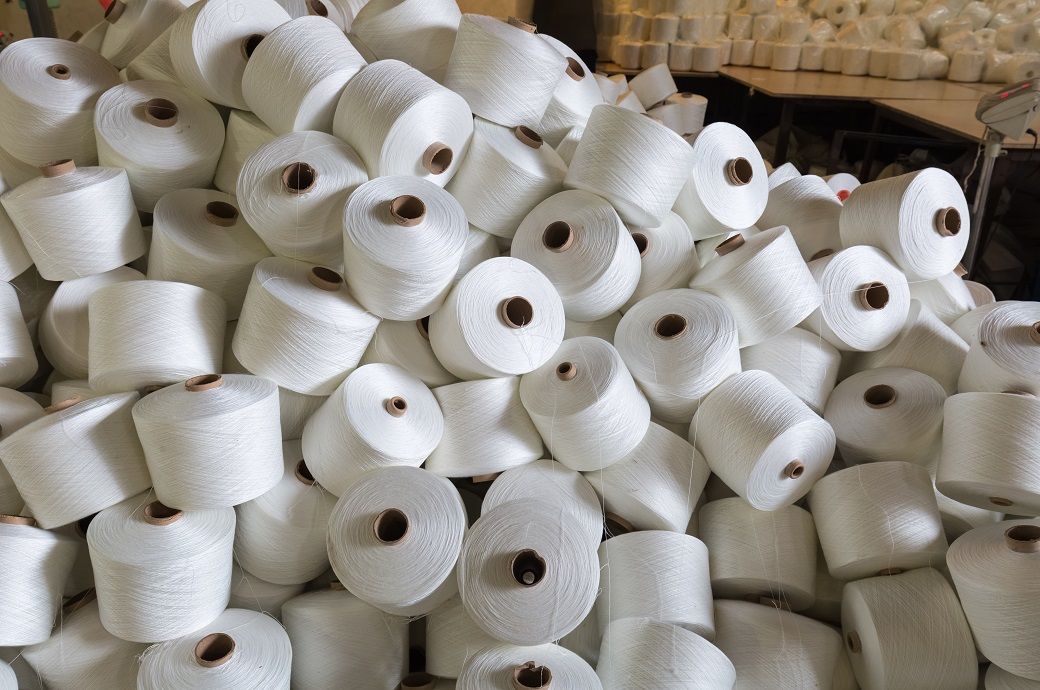
Cotton yarn prices in Ludhiana also held firm, with domestic demand still sluggish and liquidity concerns limiting transactions. A local trader told Fibre*Fashion, “Spinning mills secured export orders, particularly from China, as the weaker rupee created a pricing advantage. This has strengthened mills’ confidence and helped maintain current yarn price levels.”
In Ludhiana, ** count cotton combed yarn was sold at ****;***–*** (~$*.**–*.**) per kg (inclusive of GST); ** and ** count combed yarn were traded at ****;***–*** (~$*.**–*.**) per kg and ****;***–*** (~$*.**–*.**) per kg, respectively; and carded yarn of ** count was noted at ****;***–*** (~$*.**–*.**) per kg today, according to trade sources.
Fashion
Bangladesh’s apparel sector may face crisis similar to jute’s: BKMEA
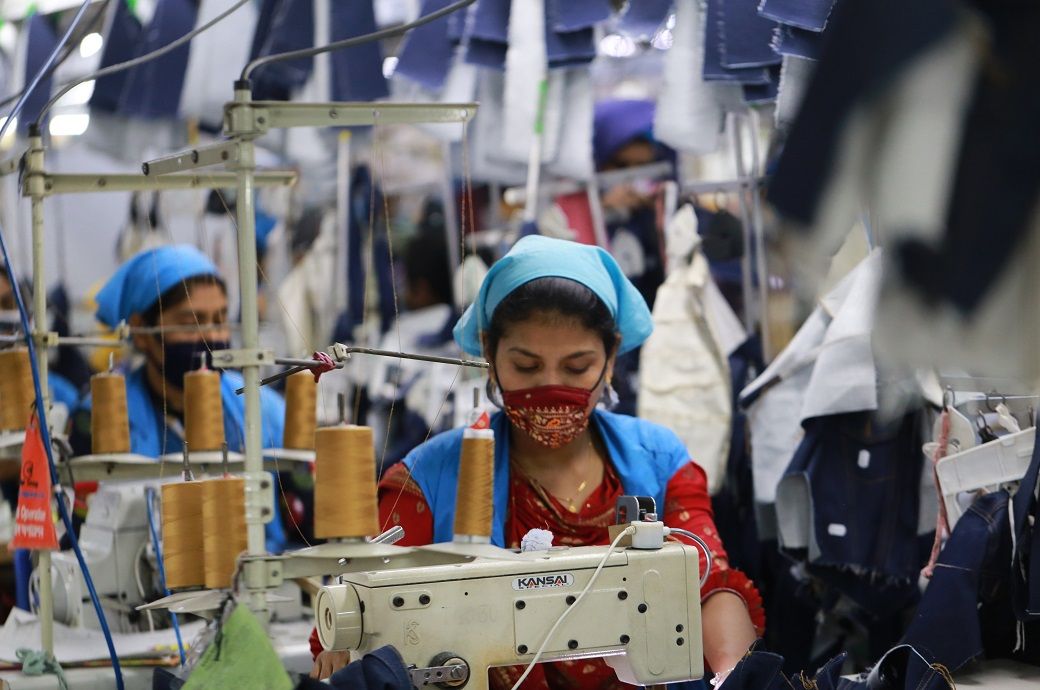
At a seminar organised by BKMEA at the Global Sourcing Expo 2025 in Purbachal, BKMEA president Mohammad Hatem said the changes in labour laws for this sector appear to have shown the ‘seeds of destruction’, just the way it happened to the jute sector. The impact will be visible later, he noted.
The domestic apparel industry may face a crisis similar to the one witnessed by the country’s jute sector once, trade body BKMEA recently cautioned.
At a seminar, BKMEA president Mohammad Hatem said the ‘deceptive’ reforms in labour laws for this sector appear to have shown the ‘seeds of destruction’, just the way it happened to the jute sector.
The impact will be visible later, he noted.
Calling the reforms ‘deceptive’, he lamented: “We feel somewhat betrayed. We are ready to hand over the keys of our factories within a year to them; we hope they will be able to run the industry as well as they run the government.”
IFIC Bank managing director Syed Mansur Mustafa said the reasons behind the reported closure of 400 factories should be properly probed, according to domestic media reports.
Federation of Bangladesh Chambers of Commerce and Industry (FBCCI) administrator Mohammad Abdur Rahim Khan said the narrowness of Bangladesh’s export basket becomes evident during trade negotiations.
Fibre2Fashion News Desk (DS)
Fashion
Ulta Beauty lifts annual forecasts on demand for cosmetics
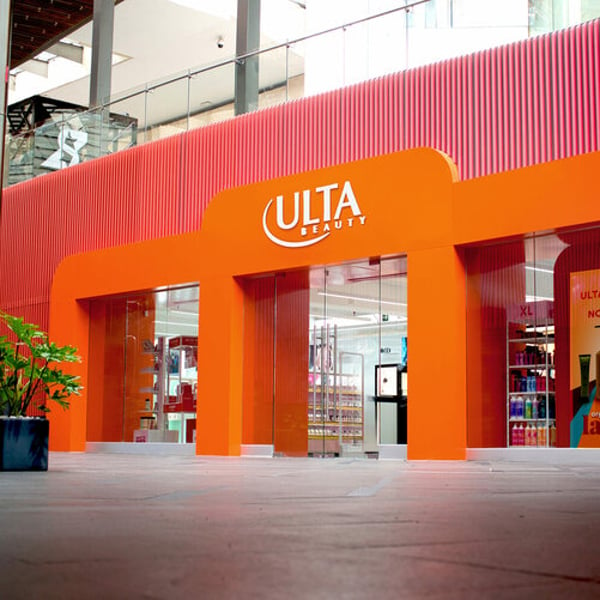
By
Reuters
Published
December 5, 2025
Ulta Beauty raised its annual sales and profit forecast on Thursday, betting on strong demand for its makeup and skincare products going into the holiday season.
Shares of the company, which also reported third-quarter results above estimates, were up about 5% in trading after the bell.
The cosmetic retailer enjoyed strong sales at its outlets, helped by its trendy and affordable offerings, along with marketing efforts, which helped attract shoppers, especially younger demographics.
Ulta also benefits from fast-growing demand for fragrances, as well as the popularity of celebrity-owned labels on its shelves, including Rihanna‘s Fenty Beauty.
The positive outlook comes at a time when budget-conscious consumers are pulling back on discretionary spending amid macroeconomic uncertainty, causing expectations of muted holiday spending in the U.S. this year.
“As we look ahead to the all-important holiday season, we know many consumers’ wallets are pressured and they are seeking value,” CEO Kecia Steelman said in a statement.
The company now expects annual net sales of about $12.3 billion, compared with its prior forecast of $12 billion to $12.1 billion.
It expects comparable sales to rise in the range of 4.4% to 4.7% in fiscal 2025, compared with its prior growth forecast of 2.5% to 3.5%.
Ulta Beauty said it expects annual profit of $25.20 to $25.50 per share, higher than its prior forecast of $23.85 to $24.30.
Third-quarter sales rose 12.9% to $2.86 billion, compared with the average analyst estimate of $2.72 billion, while earnings per share of $5.14 beat estimates of $4.64, as per data compiled by LSEG.
Meanwhile, lower e-commerce shipping costs and inventory shrink – a term used for lost or damaged stock – helped the company’s margins.
© Thomson Reuters 2025 All rights reserved.
-

 Tech5 days ago
Tech5 days agoGet Your Steps In From Your Home Office With This Walking Pad—On Sale This Week
-

 Sports4 days ago
Sports4 days agoIndia Triumphs Over South Africa in First ODI Thanks to Kohli’s Heroics – SUCH TV
-

 Entertainment4 days ago
Entertainment4 days agoSadie Sink talks about the future of Max in ‘Stranger Things’
-

 Fashion4 days ago
Fashion4 days agoResults are in: US Black Friday store visits down, e-visits up, apparel shines
-

 Tech4 days ago
Tech4 days agoPrague’s City Center Sparkles, Buzzes, and Burns at the Signal Festival
-

 Politics4 days ago
Politics4 days agoElon Musk reveals partner’s half-Indian roots, son’s middle name ‘Sekhar’
-

 Sports4 days ago
Sports4 days agoBroncos secure thrilling OT victory over Commanders behind clutch performances
-

 Business4 days ago
Business4 days agoKey Financial Deadlines That Have Been Extended For December 2025; Know The Last Date


